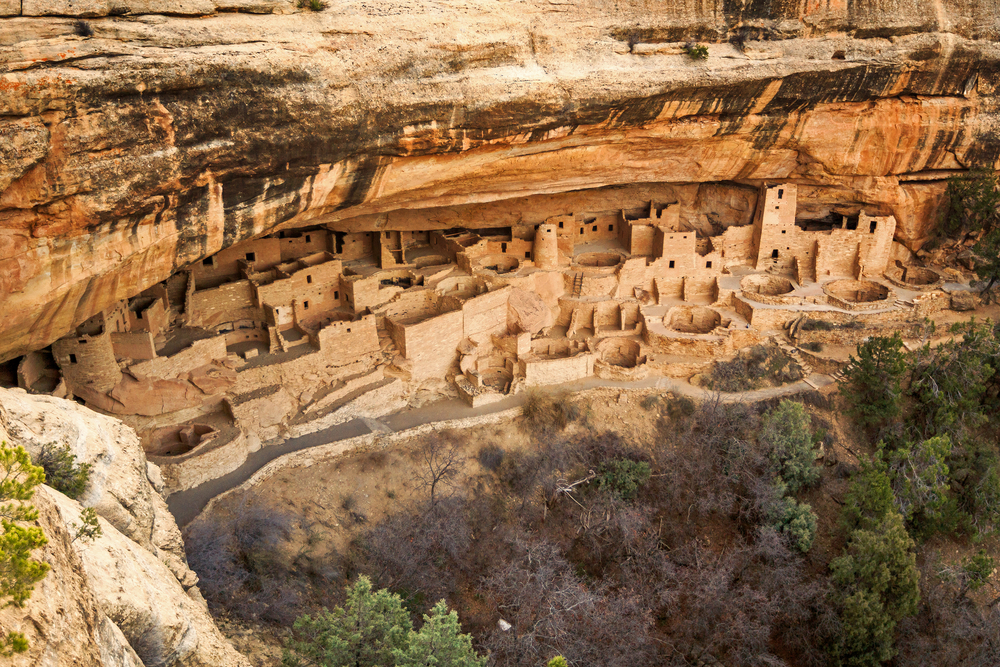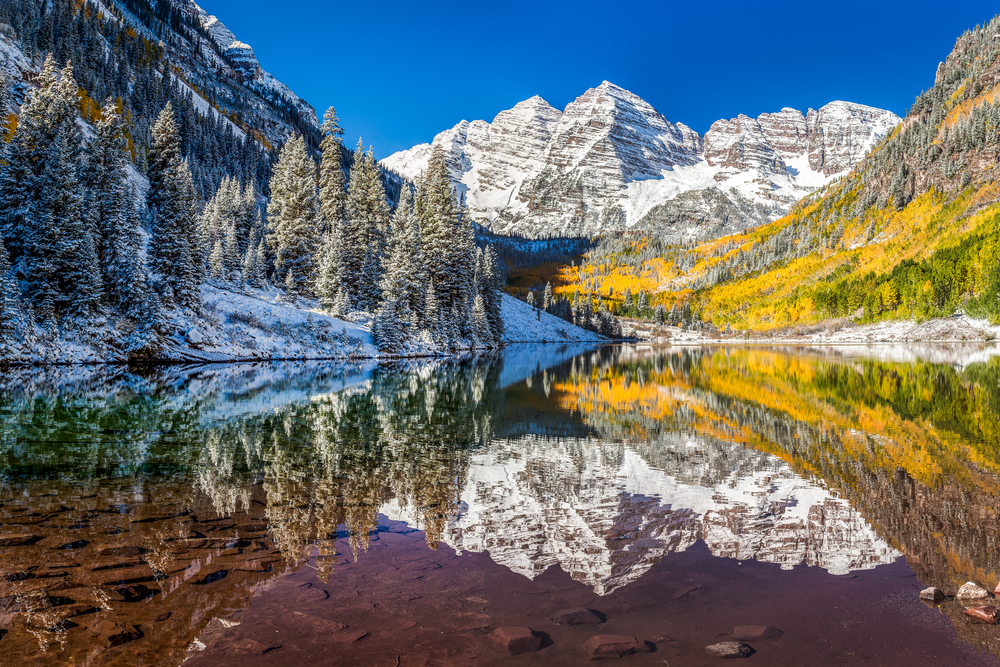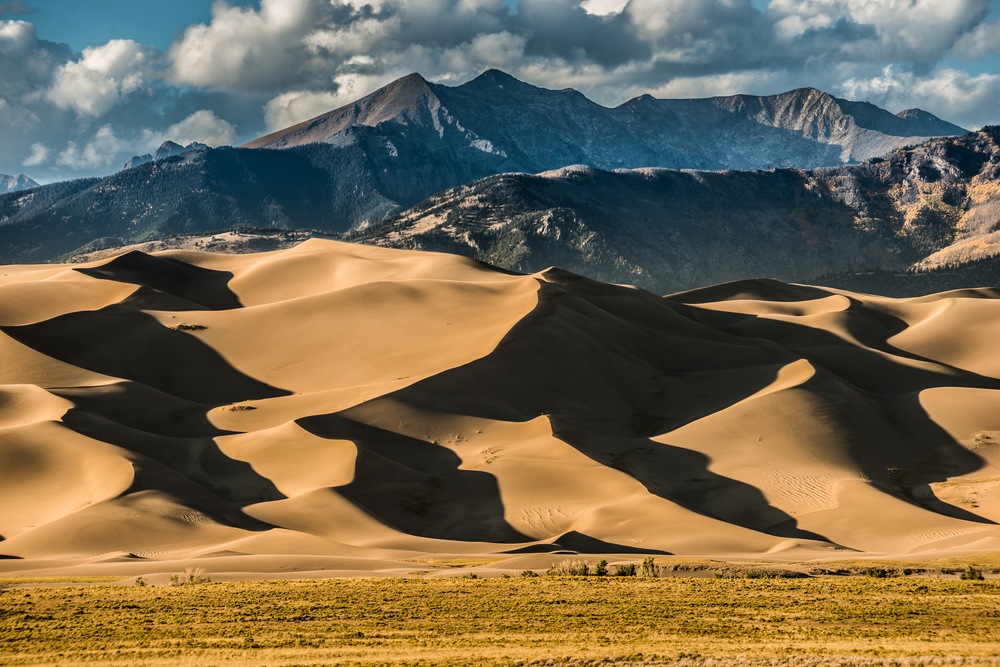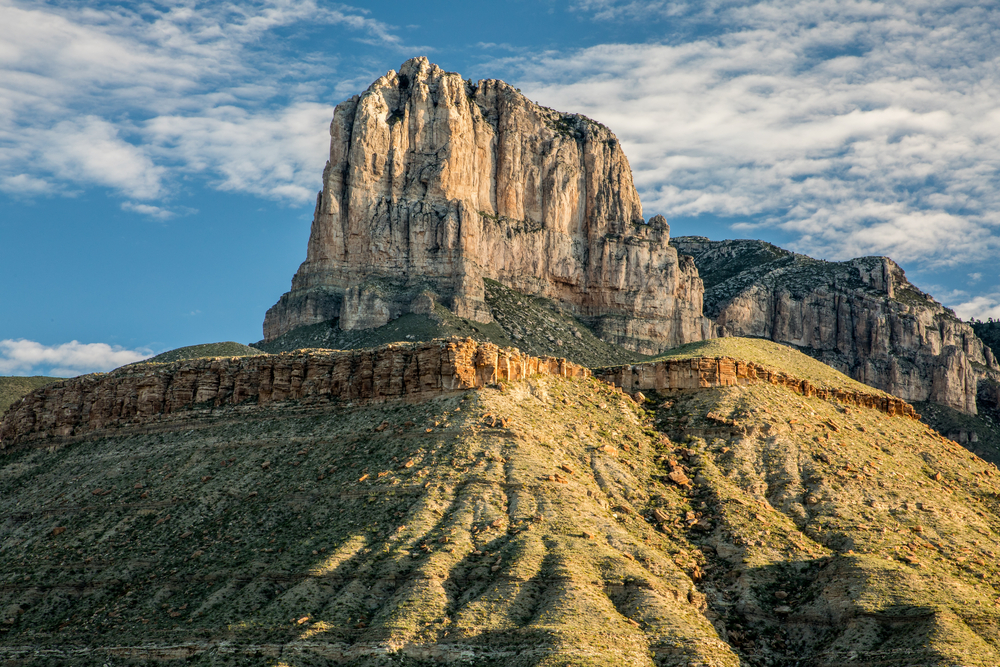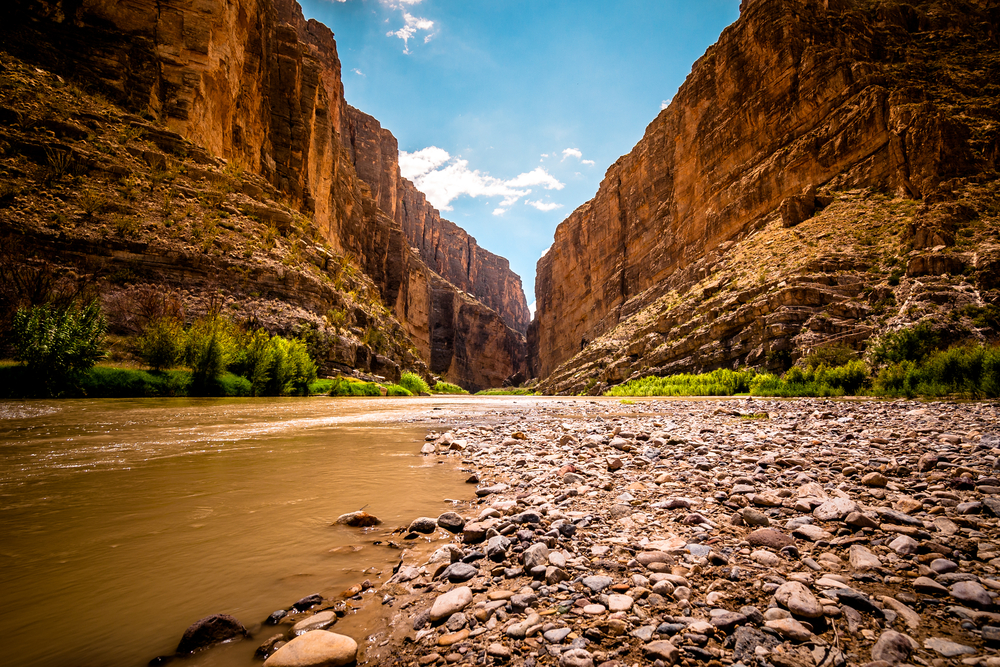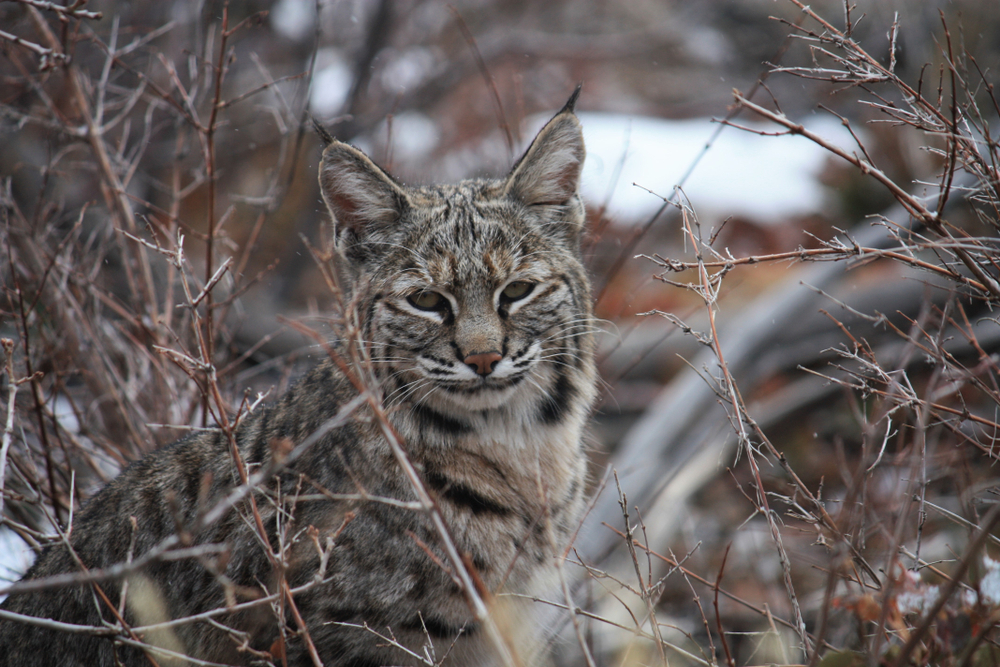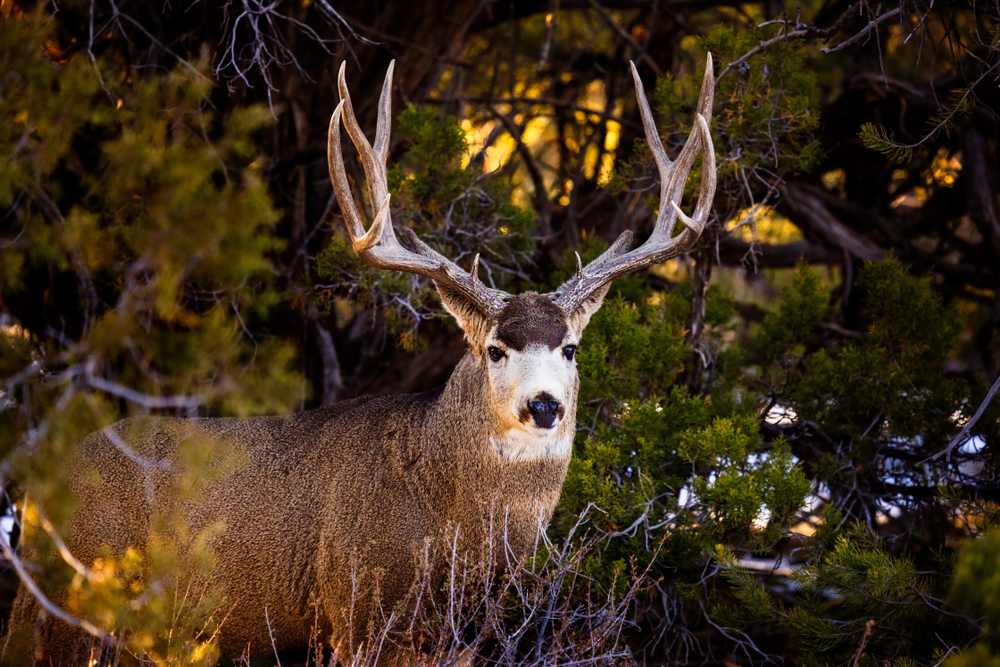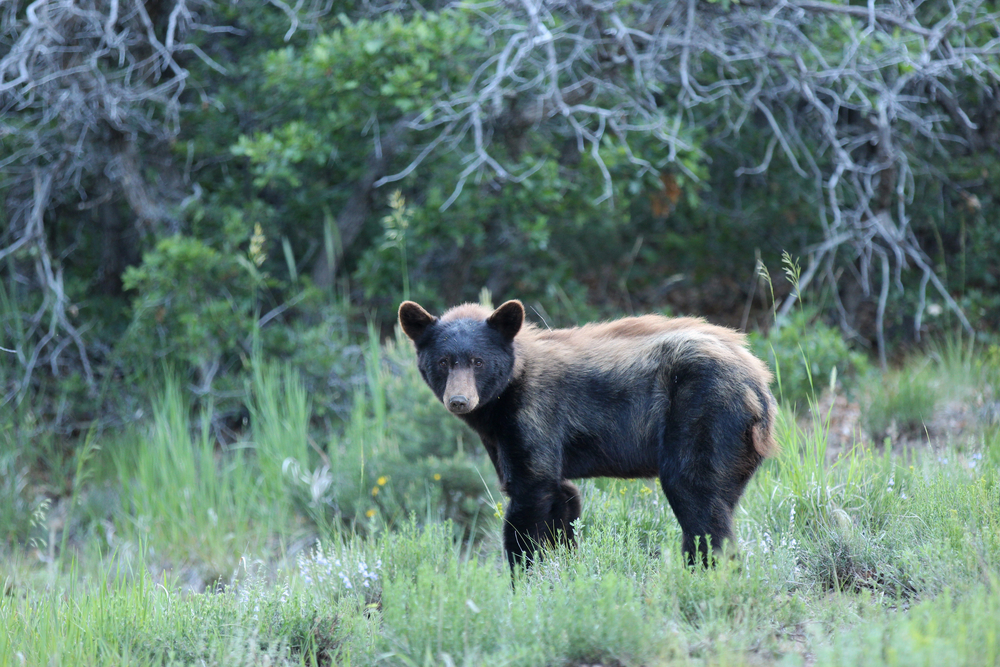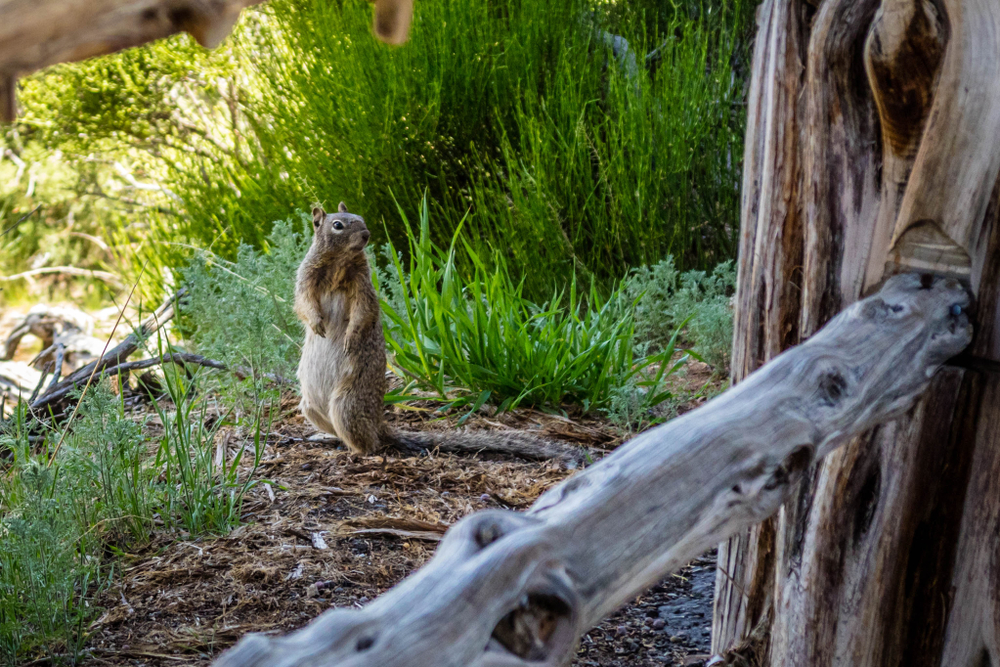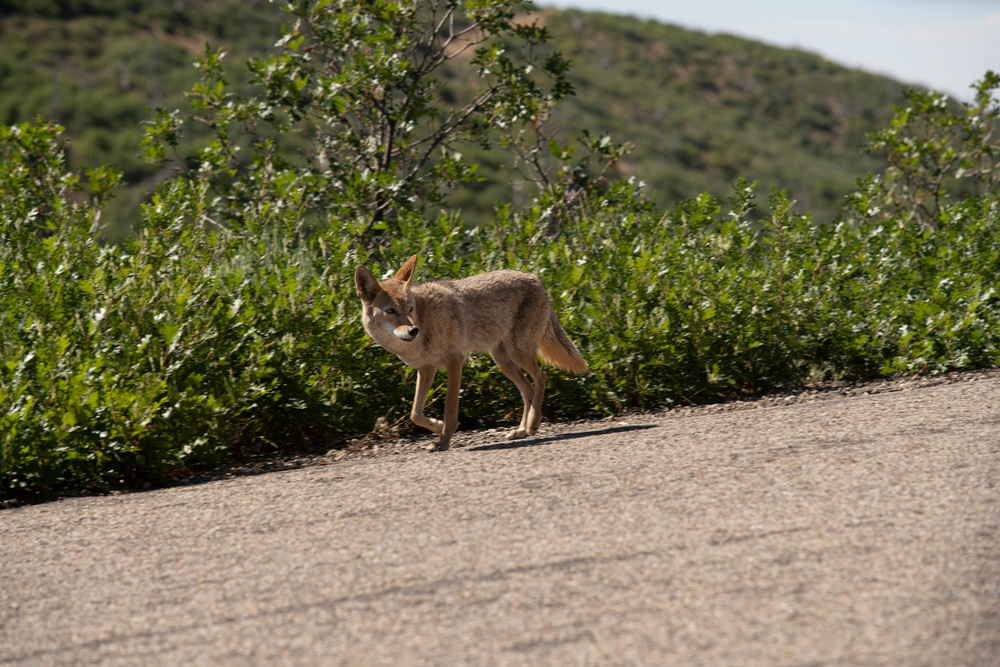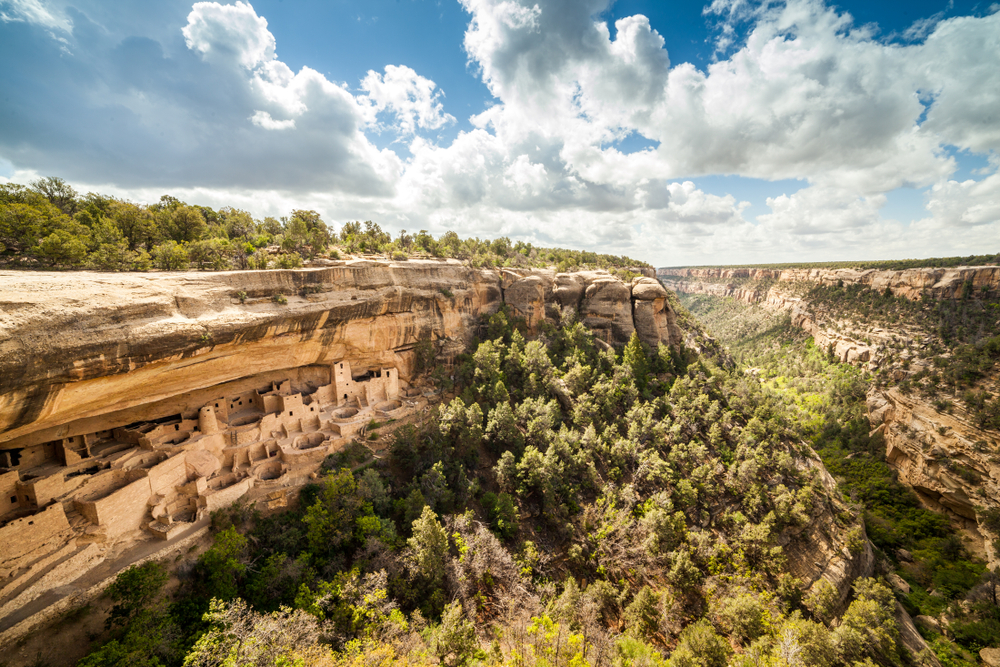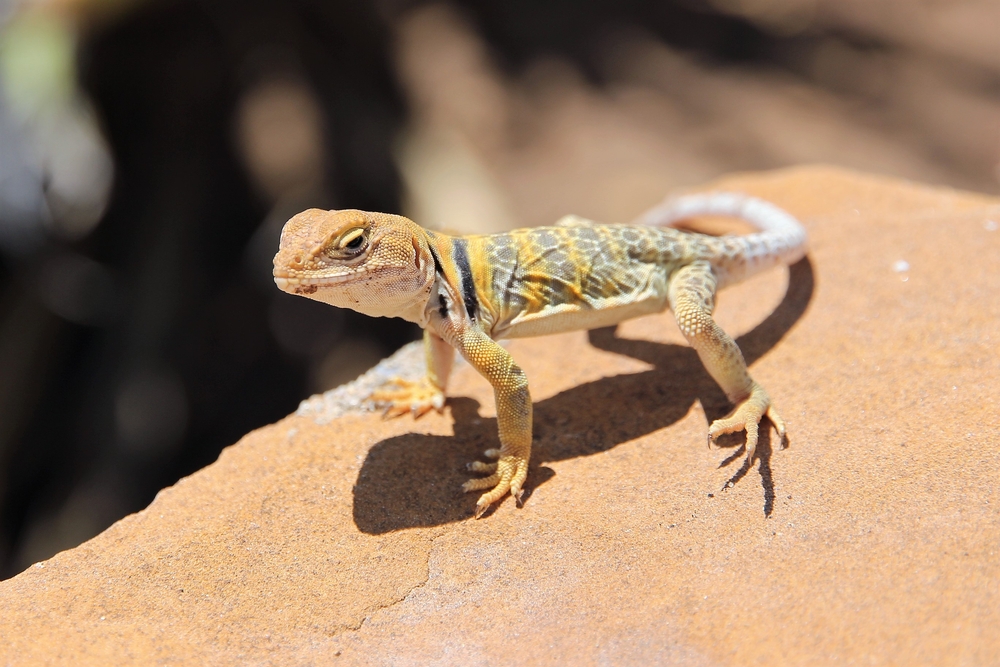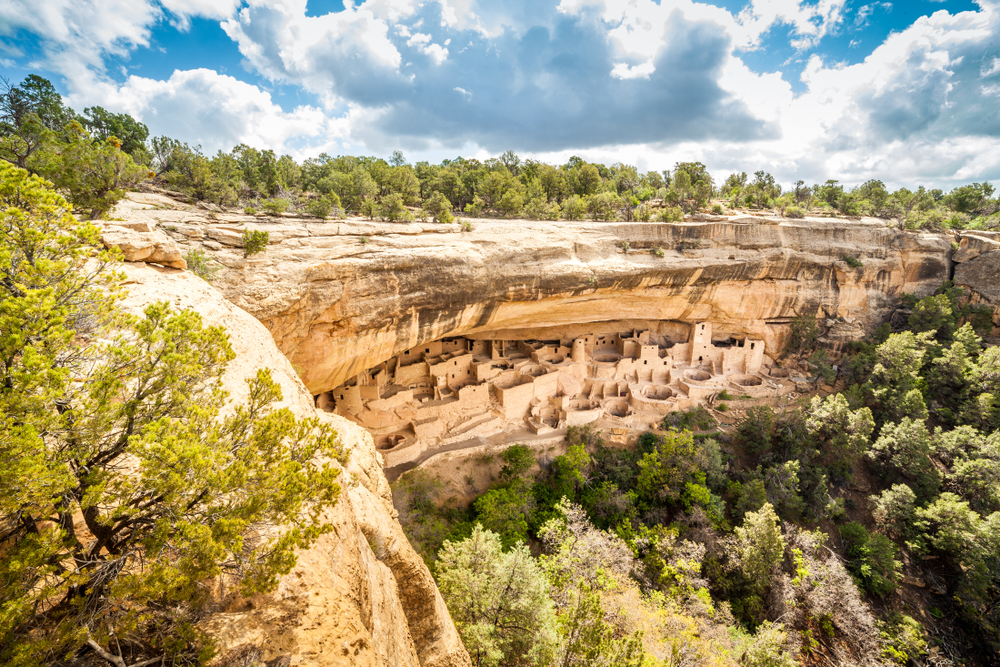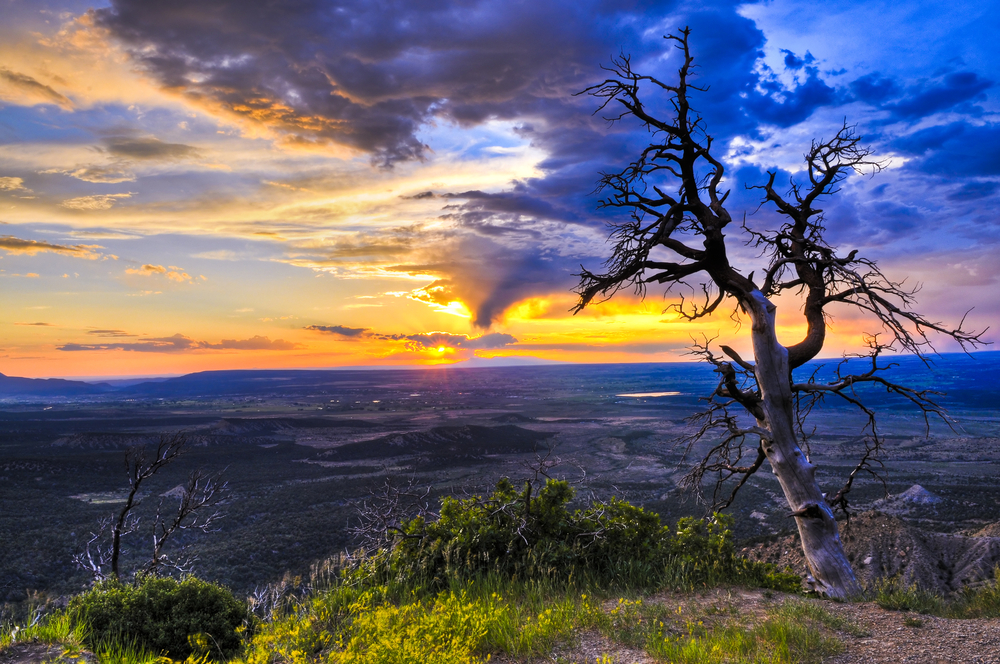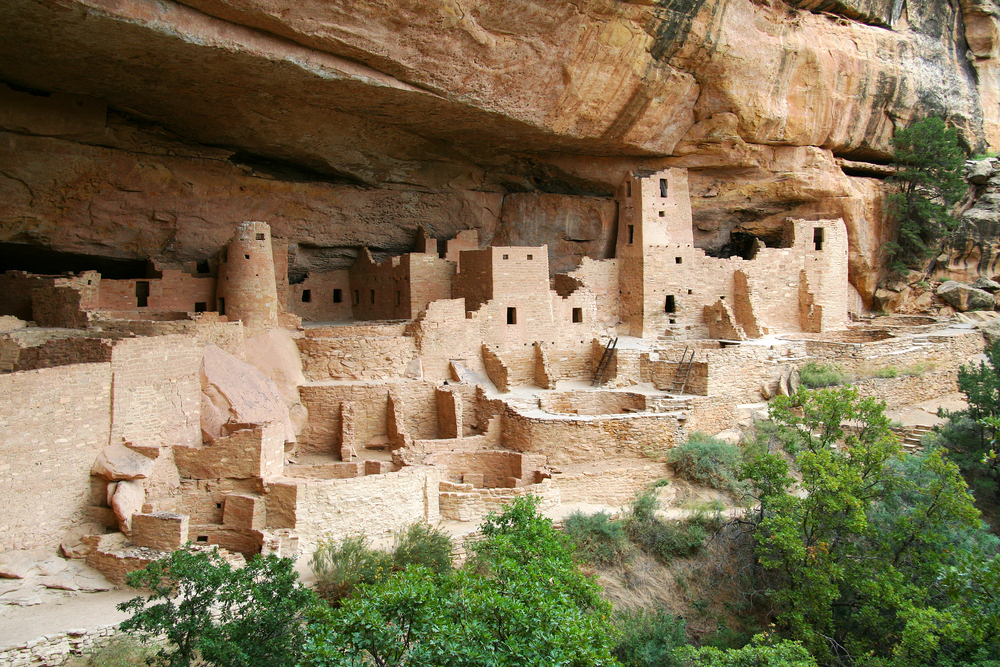Popular
Mesa Verde National Park, a site of ancient human heritage, is also a sanctuary for diverse wildlife, where species adapted to the arid Southwest thrive among the park’s canyons and mesa tops, offering visitors a glimpse into the natural world that surrounded the Ancestral Puebloans.
Mule Deer Graceful Mule Deer roam the park, easily recognizable by their large ears and black-tipped tails, a common sight along roadways and in meadows.
Coyote The adaptable Coyote is often heard at dusk or seen roaming the park, emblematic of the wild spirit that pervades Mesa Verde’s landscapes.
Black Bear Though sightings are rare, Black Bears traverse the park’s more remote areas, a reminder of the wild and untamed nature that persists in Mesa Verde.
Turkey The Turkey, a bird deeply intertwined with the history of Mesa Verde’s ancient inhabitants, is now commonly seen strutting through the park’s forests and clearings.
Golden Eagle Soaring high above the canyons, the Golden Eagle is a majestic presence in Mesa Verde, its keen eyes scanning the ground for prey.
Peregrine Falcon The swift Peregrine Falcon, known for its high-speed dives, nests on the park’s cliff faces, a thrilling sight for visitors lucky enough to spot one.
Mountain Lion The elusive Mountain Lion, or cougar, is a solitary predator of Mesa Verde, leaving only fleeting signs of its presence and adding to the park’s wild mystique.
Rattlesnake Several Rattlesnake species, including the mottled rock and black-tailed, remind visitors to tread carefully, their presence a key part of the park’s ecological balance.
Rock Squirrel The Rock Squirrel is a common and gregarious inhabitant, often seen sunning on rocks or scurrying across the ground, a lively part of the Mesa Verde experience.
Western Bluebird The Western Bluebird brings flashes of color to the park, its vivid blue plumage a contrast against the arid landscape, especially during the breeding season.
Mesa Verde National Park’s wildlife, from the iconic Mule Deer to the vibrant Western Bluebird, enhances the experience of this unique cultural landscape, reminding visitors of the enduring link between nature and human history.








































































